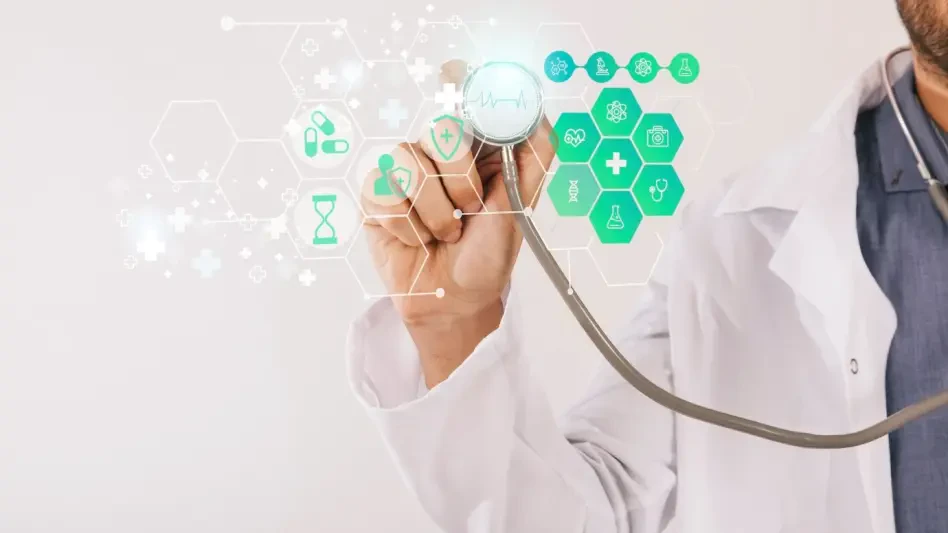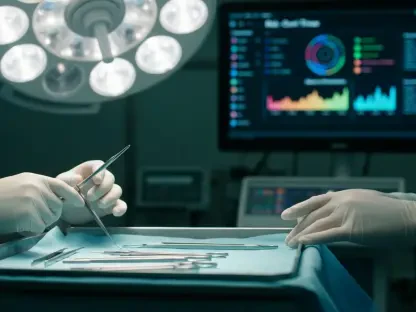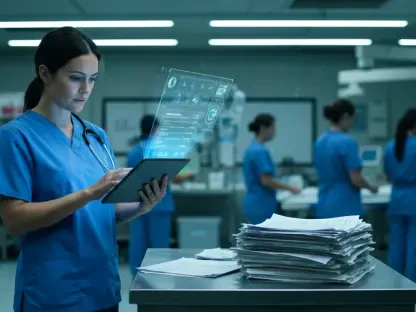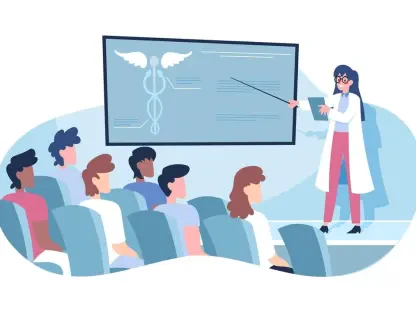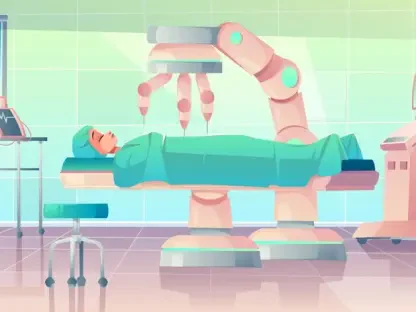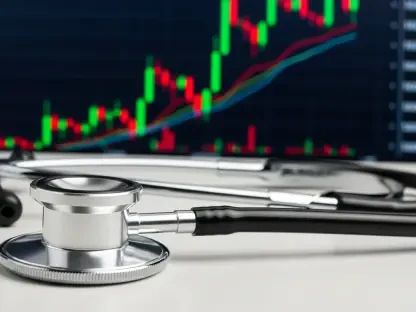Faisal Zain is a distinguished expert in healthcare technology and medical device manufacturing, known for his role in pioneering advancements in diagnostics and treatment tools. His insights into the transformative potential of technology and data in healthcare provide a compelling vision for navigating future public health challenges.
What specific vulnerabilities in the U.S. public healthcare system were exposed by the COVID-19 pandemic five years ago?
The pandemic unveiled several critical weaknesses in our healthcare system, particularly highlighting the lack of preparedness and technological shortcomings. The reliance on outdated systems, such as fax machines for data dissemination, underscored a significant gap in our ability to quickly process and share vital information. Moreover, the absence of standardized data formats complicated our national response, proving detrimental in the battle against rapidly spreading diseases.
How have these vulnerabilities affected the healthcare system today?
The effects are still very much felt today as we struggle with the lasting impact of those vulnerabilities. Many healthcare systems continue to face challenges related to interoperability and timely data sharing, emphasizing the need for robust infrastructure and modern tools. The pandemic has urged the industry to focus more on refining these systems to better handle future health crises and to shield the public from unnecessary suffering caused by preventable inefficiencies.
Can you explain the analogy of data being the new oil in the context of the healthcare industry?
Data in healthcare is like oil because it serves as a crucial input that, when properly refined, powers the entire system. Just like oil needs to be refined to fuel machinery, raw data needs to be processed and analyzed to deliver actionable insights to healthcare professionals. Accurate data must be timely and understandable for practitioners, while patients must be informed enough to participate in their health management, leveraging data to avoid misinformation and make well-guided decisions.
What steps are necessary to refine raw healthcare data to make it useful?
To refine data, it begins with collection: ensuring it’s comprehensive and gathered in a standardized format. After that, it moves to processing, where data is cleaned, analyzed, and turned into meaningful insights. Delivering refined data effectively requires seamless systems that facilitate quick transmission to healthcare providers. Patients also play a critical role; they need to be educated on interpreting data-driven healthcare information, supporting prevention, and treatment strategies while safeguarding against disinformation.
How did data sharing contribute to the response during the Measles and mpox outbreaks?
In both outbreaks, data sharing was instrumental in coordinating a response among states and public health officials, though it sometimes lagged behind due to systemic inefficiencies. Properly shared data allowed for better tracking of the disease’s spread and informed public health decisions. However, challenges like vaccine hesitancy and public distrust highlighted the need for clearer communication and more proactive engagement with communities to allay fears and encourage vaccination.
In what ways did outdated technology hinder early response efforts during the COVID-19 pandemic?
The heavy reliance on obsolete technology severely impaired the speed at which test results and other critical information were processed and shared. Fax machines, for instance, caused bottlenecks, slowing the flow of data and leading to delays in understanding the scope of infection rates, which subsequently affected timely decision-making and implementation of preventative measures.
What were the major obstacles to achieving standardized data during the pandemic?
A significant hurdle was the sheer variability in data formats across numerous sources, which often lacked uniformity, leading to inefficiencies in integration and analysis. This lack of standardized data complicated the national response and public communication efforts, causing confusion and slowing down the dissemination of critical health information and guidelines.
How did misinformation affect public perception of myocarditis related to the COVID-19 vaccine?
Misinformation bred undue fear and skepticism among the public, making it difficult for people to assess the rare risks of myocarditis objectively compared to the benefits of vaccination. This underscores the need for better communication strategies that focus on transparency and clarity, helping the public make informed choices based on accurate evidence rather than misleading anecdotes or sensationalized narratives.
How did COVID-19 impact communities differently in terms of mortality and healthcare access?
The pandemic starkly revealed existing structural inequities, with lower-income and minority communities experiencing higher mortality rates due to limited healthcare access and systemic biases. These inequities continue to challenge the industry, emphasizing the need for targeted interventions and policies that promote equity in healthcare delivery.
What measures can be taken to rebuild trust with historically underserved communities?
To restore trust, it is crucial to engage with these communities through transparent communication and demonstrate a commitment to equitable access to quality care. This involves implementing policies that directly address barriers to care, investing in education, and collaborating with community leaders to foster an inclusive healthcare environment where every individual’s health needs are met.
What role does technology play in advancing equity and restoring trust in science?
Technology is pivotal in bridging gaps by offering innovative solutions like telehealth and wearable health devices, which enhance accessibility for underserved populations. These tools have the potential to democratize healthcare, providing more personalized and timely interventions while building trust through consistent and reliable service delivery.
What threats do funding cuts and closures pose to the readiness of the public health system?
Funding cuts and facility closures jeopardize our ability to maintain and develop a capable public health workforce. These reductions risk dismantling the expertise and resources crucial for navigating future crises, making it critical to prioritize investments that support ongoing training and retention of skilled professionals in public health sectors.
How are emerging technologies and AI innovations transforming healthcare delivery?
AI and other emerging technologies are revolutionizing healthcare by enhancing diagnostic accuracy, enabling personalized treatment plans, and improving operational efficiencies. AI, in particular, has the potential to overcome inequities by analyzing large datasets to identify underserved populations and tailor health outreach initiatives to address specific needs, thus improving overall health outcomes.
How did the rollout of COVID-19 vaccines impact public health infrastructure and data capabilities?
The vaccine rollout pushed our public health systems to quickly enhance infrastructure and data capabilities, revealing gaps as well as fostering advancements under pressure. This experience has underscored the importance of preparedness, showing us the necessity of agile and resilient systems that can be quickly mobilized in response to health threats, effectively incorporating the lessons learned to be prepared for future pandemics.
